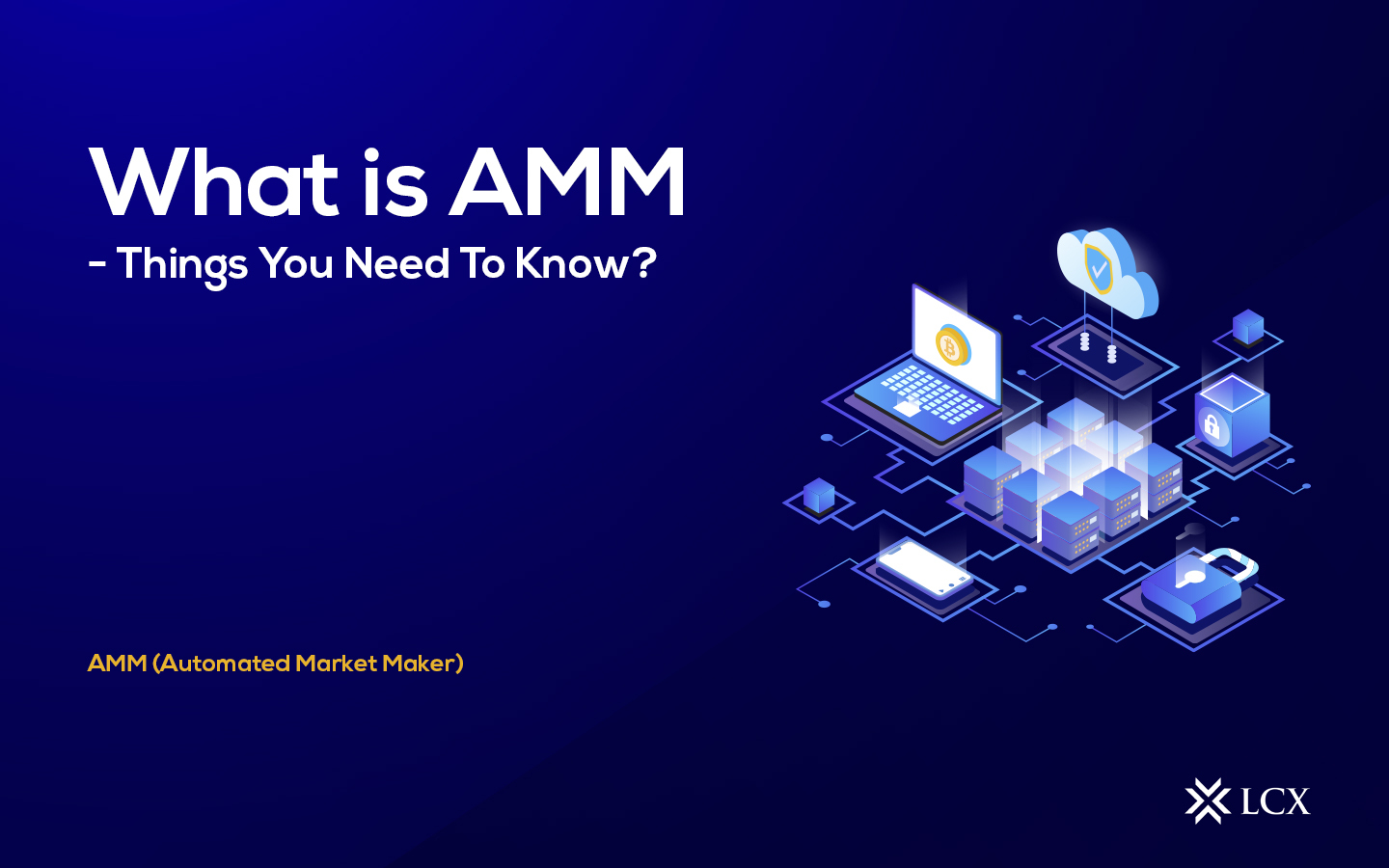An automated market maker (AMM) is a tool that is utilized to offer liquidity in decentralized finance (DeFi). AMMs allow digital assets automatic trading. They perform this by utilizing liquidity pools as an alternative to traditional buyer and seller markets.
You can ponder an AMM as a program that assists traders swap among two assets at a reasonable market price.
Before AMMs, people used to utilize order books for trading. Traditional exchange platforms allowed people to provide diverse prices for buying and selling assets. After a while, other users choose a listed price that they conform to. That price continues to become the market price of the asset.
The process of traditional market-making needs professional market makers who manage plenty of orders. Thus, they anticipate to quote the quantity they can trade along. They have a limit regarding the frequency with which they can quote excellent prices. It needs to stick with a powerful set of parameters over trading hours to sell from its inventory quickly.
Recently most assets still depend on the traditional exchange framework. Real estate and securities are generally traded in this manner. AMMs provide the latest substitute that applies to DeFi.
How AMMs Work
A DeFi technology is AMM which offers users a choice for trading. Its primary characteristic is that it dismisses the traditional system for selling and buying. It doesn’t require any gatekeepers, and you generally don’t require establishing an account.
AMMs are created to give liquidity to DeFi. Liquidity is the ability to transform one asset into another, excluding the modification in its market price. Generally, for DeFi exchanges, liquidity is a challenge since they contain the latest assets that are complicated for various people.
Constant Product Formula
To trade assets in the DeFi ecosystem, AMMs have become an essential way. The secret ingredient of AMMs is an easy mathematical formula that can take various forms. The very common one was suggested by Vitalik as:
tokenA_balance(p) * tokenB_balance(p) = k
and popularized by Uniswap as:
x * y = k
x = Asset 1 liquidity
y = asset 2 liquidity
k = constant
“k” represents the constant that means there is a constant balance of assets that define the price of tokens in a liquidity pool.
For instance, if an AMM has DAI and ether (ETH), every time ETH is purchased, the price of ETH rises as there is less ETH in the pool than prior to the buying. Contrarily, the price of DAI decreases as there are many BTC in the pool. The pool remains in constant balance, when the total value of ETH in the pool will constantly equal the total value of DAI in the pool. When new liquidity providers join in only then the pool expands in size. Visually, in an AMM pool the prices of tokens pursue a curve defined by the formula.
Must Read: The Evolution of Decentralized Exchanges: A Comparative Analysis
In this constant state of balance, purchasing one ETH raises the price of ETH slightly ahead of the curve, and selling 1 ETH decreases the price of ETH slightly ahead of the curve. The opposite occurs to the price of DAI in an ETH/DAI pool. It’s not important how volatile the price becomes, there will ultimately be a return to a state of balance that considers a relatively exact market price.
The unique component of AMMs is the constant formula— it defines how the diverse AMMs function.
The Future of AMMs
Developed in 2018, AMMs are now a well-ingrained component of the DeFi ecosystem. Subsequently, versions have also been included in the framework of AMMs, containing automation gears for liquidity providers.
Automated market makers are more than merely offering better liquidity between tokens. They are even about fostering a more mainstream and secure market. AMMs depend on smart contract technology to assist transactions more competently, which it has been victorious at so far.
Moving ahead, AMMs can attract more investors. Nonetheless, to reach there, innovation must secure a high level of development and security.
The DeFi space is growing at a fast pace. A fast-developing part of the growth of the DeFi space is AMM which can be a central part of its development.
The Bottom Line
AMM follows up on the imperfection of traditional market-making. The conventional procedure needs manual work, which takes considerably longer for market makers and traders alike. This new source of liquidity has empowered the decentralized finance sector to move much further.
As long as DeFi continues to develop at a good pace, AMMs will continue to play a primary role in its development. Currently, only some companies are offering new solutions in the AMM space. Automated market makers are a niche space inside DeFi and have earned their own territory because of convenience.









